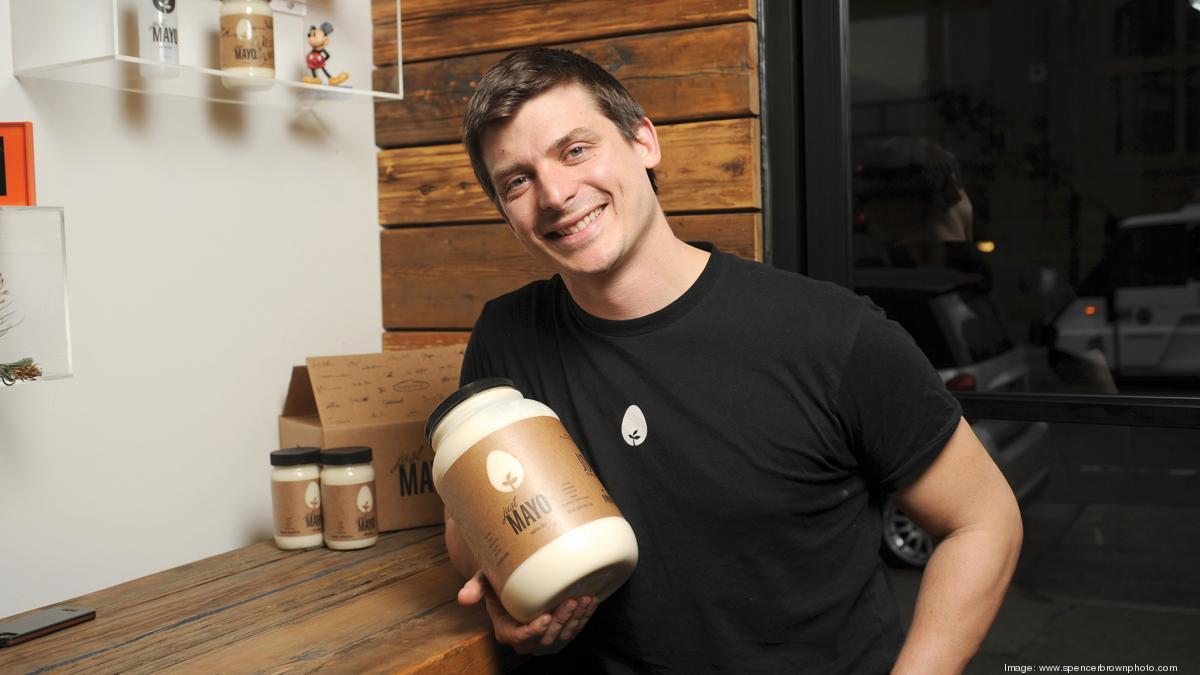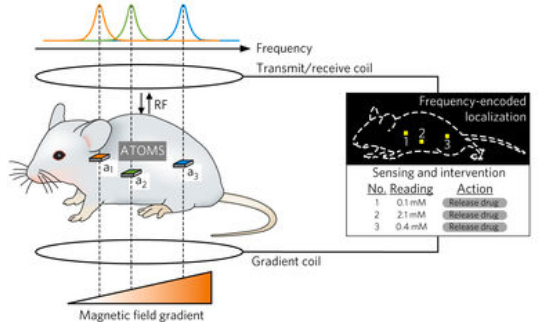In this week's Abundance Insider: Mini MRI simulator chips, "last-centimeter" delivery drones, and cargo-sorting DNA robots.
Cheers,
Peter, Marissa, Kelley, Greg, Sydney, AJ, Bri and Jason
P.S. Send any tips to our team by clicking hereto this link to subscribe, and send your friends and family to Abundance Insider.

What it is: A new machine vision-equipped drone designed by EPFL's Laboratory of Intelligent Systems delivers small packages in a highly efficient manner. Designed to fold flat and fit into a backpack in seconds, the origami-inspired drone surrounds up to 500 g (1.1 lbs.) of cargo like a protective carbon fiber cage, traveling as far as 2 km (1.24 mi) per trip. It's equipped with machine vision, self-flying software and real-time mobile tracking — and a safety system to deter hacks.
Why it's important: This drone is engineered so that package recipients can grab it mid flight without damaging the drone, cargo, or themselves — and its flat-pack size and onboard flight plan software make it portable and reusable. It could accelerate a variety of situations where speed is key (for example, helping first responders deploy first aid kits before they arrive on scene, supporting mail delivery in remote villages, or delivering medicine and food after natural disasters). Share on Facebook
Spotted by Aryadeep S. Acharya / Written by Marissa Brassfield
 What it is: Hampton Creek, on a mission to create healthier, more sustainable foods, was awarded a patent for the combination of its machine learning, robotics, and proprietary plant databases, enabling scientists to significantly increase their rate of discovery. Additionally, building on the goal of producing the first commercially available clean meat by 2018, the company also announced the acquisition of a patent portfolio covering various methods of manufacturing clean meat and other food products. (Disclosure: Peter Diamandis is an advisor to Hampton Creek.)
What it is: Hampton Creek, on a mission to create healthier, more sustainable foods, was awarded a patent for the combination of its machine learning, robotics, and proprietary plant databases, enabling scientists to significantly increase their rate of discovery. Additionally, building on the goal of producing the first commercially available clean meat by 2018, the company also announced the acquisition of a patent portfolio covering various methods of manufacturing clean meat and other food products. (Disclosure: Peter Diamandis is an advisor to Hampton Creek.)
Why it's important: Once ridiculed, Larry Page's million-dollar lab grown hamburger and clean meat are becoming increasingly feasible. As we learn to culture and engineer food at a molecular level, we enable entirely new perspectives on food, sustainability, animal cruelty, and feeding a growing population. Share on Facebook
Spotted by Peter Diamandis / Written by Jason Goodwin

What it is: University of Washington researchers have created a highly efficient chip that selectively reflects radio waves to form a new signal. The chips can create signals and broadcast data over great distances — the team reports a chip can send data through "a 41-room office or a three-story house" — all while using 1,000 times less power than similar wireless data transmission systems, as MIT Technology Review points out. This performance comes at a cost of about 10 cents per chip when produced at scale.
Why it's important: While this chip has clear benefits for all manner of digital devices, the researchers tested their chip on two compelling prototypes: a smart contact lens and a flexible skin patch sensor. Peter has previously written about the implications of nanorobotics on and inside our bodies, and this chip is a key enabling technology. Share on Facebook
Spotted by Marissa Brassfield / Written by Marissa Brassfield

What it is: One challenge with smart pills, biosensors and drug-delivery systems inside is their dependence on the location inside the body, as EM and acoustic accuracy differs substantially depending on the surrounding tissue. To overcome this, researchers from Cal Tech have created a mini wireless chip that can vary its output frequency in relation to a local magnetic field, enabling a precise location to be determined.
Why it's important: In addition to one day measuring factors such as pH, blood sugar, and temperature inside the body, developments like this should enable massive improvements in our ability to diagnose and treat disease, not to mention the possibilities for life extension. Share on Facebook
Spotted by Marissa Brassfield / Written by Jason Goodwin

What it is: Nicolas Rey and his team at EPFL in Switzerland are using machine learning algorithms and drone mapping data to monitor wild animals in the Kalahari savanna of Botswana, Namibia and South Africa. Rey's team used the crowd to train a machine learning algorithm to spot specific animals from drone footage. While this algorithm won't replace human operators, it significantly reduces their workload. Rather than manually counting animals via helicopter or footage from prepositioned camera traps, a human operator simply eliminate any false detections from the machine learning data.
Why it's important: Exponential technologies aren't just designed to benefit First World metropolises. Around the world, we're seeing people apply powerful tools — like machine learning, drones, and robotics — to solve problems and address opportunities in remote and developing regions. In this research, we see how the area of animal conservation is being digitized, dematerialized and demonetized. Share on Facebook
Spotted by Marissa Brassfield / Written by Marissa Brassfield

What it is: Researchers at Cal Tech have devised a DNA robot able to move over the surface of a two-dimensional DNA origami sheet while also picking up and sorting two types of molecular cargo. Up until now, the challenge has been the complexity involved in constructing robots capable of performing complex functions, such as walking more than 10 steps while carrying a load of cargo and making a turn. Here, by enabling the robot to walk randomly across the sheet, without requiring energy, the team expanded that range to 300 steps or more, an order of magnitude improvement.
Why it's important: When we simplify the complex, we see breakthroughs and adoption rates skyrocket. As noted by the researchers, the potential applications these building blocks enable include chemical synthesis, programmable therapeutics, and uses outside of cargo transport as robots begin to communicate and work in concert. Share on Facebook
Spotted by Marconi Pereira / Written by Jason Goodwin
What is Abundance Insider?
This email is a briefing of the week's most compelling, abundance-enabling tech developments, curated by Marissa Brassfield in preparation for Abundance 360. Read more about A360 below.
Want more conversations like this?
At Abundance 360, Peter's 250-person executive mastermind, we teach the metatrends, implications and unfair advantages for entrepreneurs enabled by breakthroughs like those featured above. We're looking for CEOs and entrepreneurs who want to change the world. The program is highly selective. If you'd like to be considered, apply here.
Know someone who would benefit from getting Abundance Insider? Send them to this link to sign up.
No comments:
Post a Comment